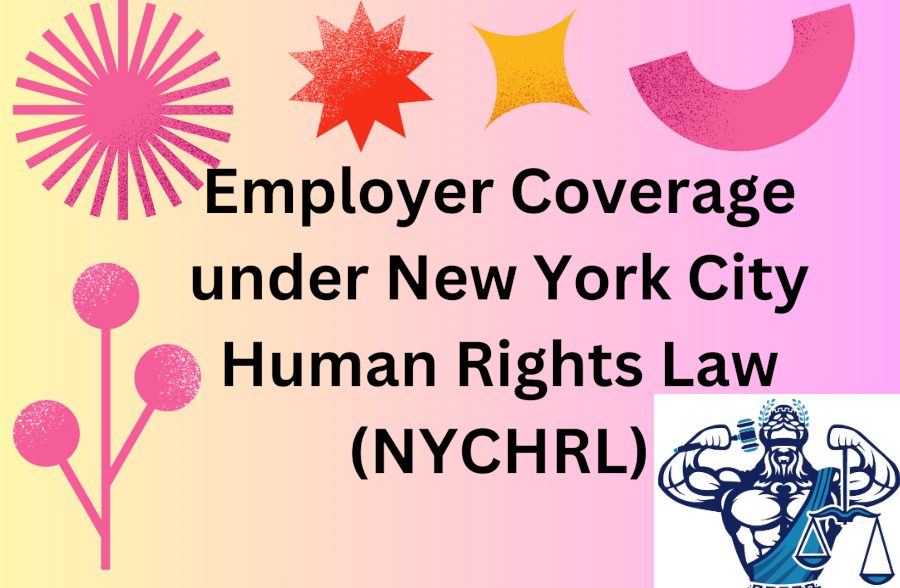Here at the Law Office of Vincent Miletti, Esq. and the home of the #UnusuallyMotivated movement, we take pride as a resilient and dependable legal services firm, providing such services in both a traditional and online, web-based environment. With mastered specialization in areas such as Employment and Labor Law, Intellectual Property (IP) (trademark, copyright, patent), Entertainment Law, and e-Commerce (Supply Chain, Distribution, Fulfillment, Standard Legal & Regulatory), we provide a range of legal services including, but not limited to traditional legal representation (litigation, mediation, arbitration, opinion letters and advisory), non-litigated business legal representation and legal counsel, and unique, online legal services such as smart forms, mobile training, legal marketing and development.
Still, we, here at Miletti Law®, feel obligated to enlighten, educate, and create awareness, free of charge, about how these issues and many others affect our unusually motivated® readers and/or their businesses. Accordingly, to achieve this goal, we have committed ourselves to creating authoritative, trustworthy, & distinctive content. Usually, this content is featured as videos posted on our YouTube Channel https://www.youtube.com/channel/UCtvUryqkkMAJLwrLu2BBt6w and blogs that are published on our website WWW.MILETTILAW.COM. With that, the ball is in your court and you have an effortless obligation to subscribe to the channel and sign up for the Newsletter on the website, which encompasses the best way to ensure that you stay in the loop and feel the positive impact of the knowledge bombs that we drop here!
As the authoritative force in Employment Law, it only seemed right to introduce one of the many upcoming series in which we introduce a variety of topics that looks to educate and deliver in a manner that only Miletti Law® can. In this regard, this blog is Part I of yet another fresh and new series on “Trade Secret Misappropriation & Restrictive Covenant Claims.” Today, employers rely on restrictive covenants a great deal because they help protect a variety of vital business interests and aspects, including but not limited to client goodwill, trade secrets, and proprietary and confidential information. A few months ago, we introduced this subject through a video titled “Restrictive Covenants Made Easy” and shed light on some issues as a way of responding to questions from our unusually motivated® readers. In our blog published under the same title, we provided the five ingredients of restrictive covenants (in an employer-employee context) and defined a restrictive covenant as a covenant where an individual is restricted from doing something, or alternatively, committed to not do something. The video and the blog are accessible at https://www.youtube.com/watch?v=09Bb5CO9FW8and https://milettilaw.com/blog/f/restrictive-covenants-made-easy, respectively.
As usual, this will be a multi-part series and will act as a practice note and guide on the procedural and substantive considerations involved in pursuing legal action when enforcing restrictive covenants and protecting employer trade secrets from being misappropriated by former employers. Importantly, employers must know how to use litigation to protect these and more interests of their businesses. This is because employers and their defending attorney(s) require carefully considering a multitude of substantive and procedural issues and orchestrating a coherent litigation strategy to recover for trade secret misappropriation and enforce restrictive covenants through lawsuits. However, with respect to protecting trade secrets and enforcing restrictive covenants, this guide is not an exhaustive discussion of the variations and similarities between state laws applicable to these legal matters.
Investigating Potential Misconduct & Gathering Evidence
The success and ultimate triumph in most lawsuits significantly depend on how well any party grasps the underlying facts, which is no different in litigations where employers sue former employees for misappropriating trade secrets or violating restrictive covenants. To effectively develop causes of action needed to assert in an eventual lawsuit and understand the extent and scope of any misconduct better, an employer requires adopting the following measures as a way of investigating such potential misconduct:
- Retrieve all employment documents related to the employee – such documents include the employee’s personnel file or any records maintained by the employer’s recruiting and/or HR departments. Other documents such as payroll and benefits maintained by other administrative departments or those kept by former supervisors or managers should also be checked.
- Locate all agreements with the employee – all contracts, agreements, and understandings of any kind between the employer and employee should be located. Such agreements contain restrictive covenants and may exist in the form of employment contracts, bonus agreements, deferred compensation agreements, letters, and stock option or equity agreements.
- Review restrictive covenants of the employee – all post-employment obligations and restrictive covenants to which the employee may be subject to should be cataloged. Examples of covenants often litigated in court are (1) covenants not to disclose confidential information, (2) covenants not to recruit, (3) covenants not to solicit, and (4) covenants not to compete.
- Confirm the completeness of all employee agreements – employers should ensure that they have all side documents relevant to every contract and agreement, such as appendixes, schedules, exhibits, supplements, and/or amendments.
- Organize all relevant procedures & policies – employers should also catalog all workplace policies such as employee handbooks, codes of ethics, and codes of conduct, which dictate employee conduct.
- Ascertain that all employer’s property & electronic evidence are well preserved – in case of suspected misconduct, it is critical to terminate and revoke an employee’s access to employer’s confidential information by deactivating any ID cards, denying them access to computer systems or employer email, financial, or any other relevant accounts.
- Investigate the extent and nature of the misconduct – an employer must determine the degree to which the employee has engaged in misconduct contrary to any agreements and/or contracts entered upon during employment. To collect such information, an employer may wish to:
- Review relevant documents & emails – the employer should review the employee’s preserved records, documents, hard drives, or email accounts for red flags (such as emails containing former employer’s confidential information sent to the employee’s new employer or emails to clients soliciting them to follow the employee to their new employer), which might help support the allegations of misconduct.
- Search public & social media records – employers should review the employee’s social media profile(s) for an update of sensitive information (such as a new employer contrary to a previous restrictive covenant), especially since employees tend to maintain several social media accounts.
- Speak with clients – an employer may wish to contact those clients the former employee has contacted contrary to the restrictive covenant, especially if the employee’s misconduct involves a breach of a non-solicit or non-compete agreement.
- Speak with supervisors & colleagues – employers should also confidentially speak with the former employee’s colleagues and/or supervisor for any information they may have concerning the alleged misconduct and which might have been shared through a short message, an email, or verbally. Colleagues and friends at the workplace might also be witnesses that they saw the former employee engaging in misconduct, such as forwarding electronic documents or emails to their personal email accounts or even unlawfully printing and taking home sensitive records or documents of the employer.
In Part II of this new series, we shall move the discussion forward and hammer on “How to Determine Who to Sue,” as it concerns trade secret misappropriation and/or a breach of a restrictive covenant.
In the meantime, stay tuned for more legal guidance, training, and education. In the interim, if there are any questions or comments, please let us know at the Contact Us page!
Always rising above the bar,
Isaac T.,
Legal Writer & Author.
 Professional Legal & Business Services And Representation - English & Espanol!
Professional Legal & Business Services And Representation - English & Espanol!

 314-648-2586
314-648-2586 CALL US NOW
CALL US NOW








